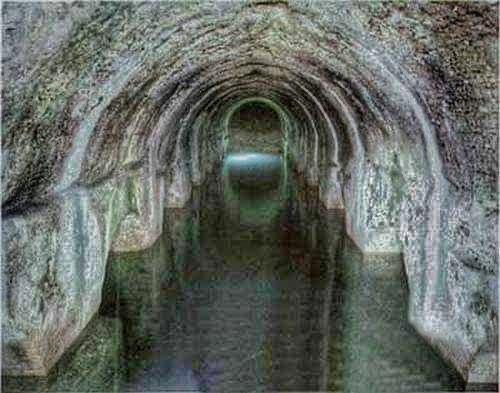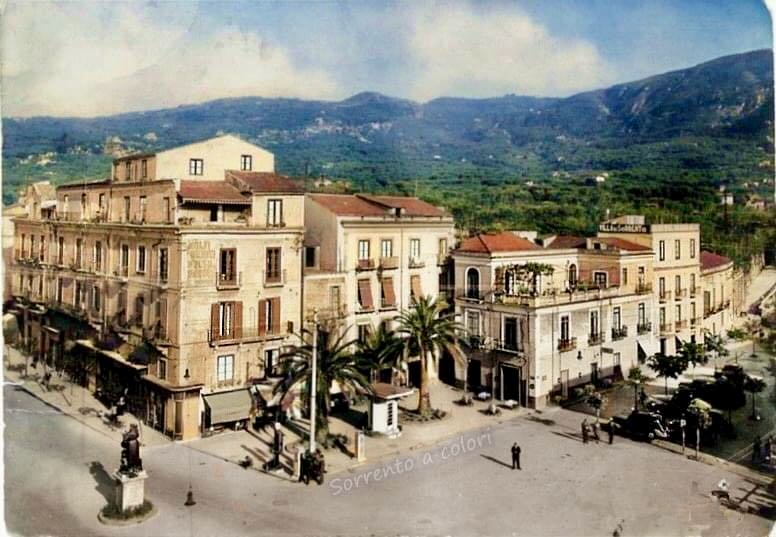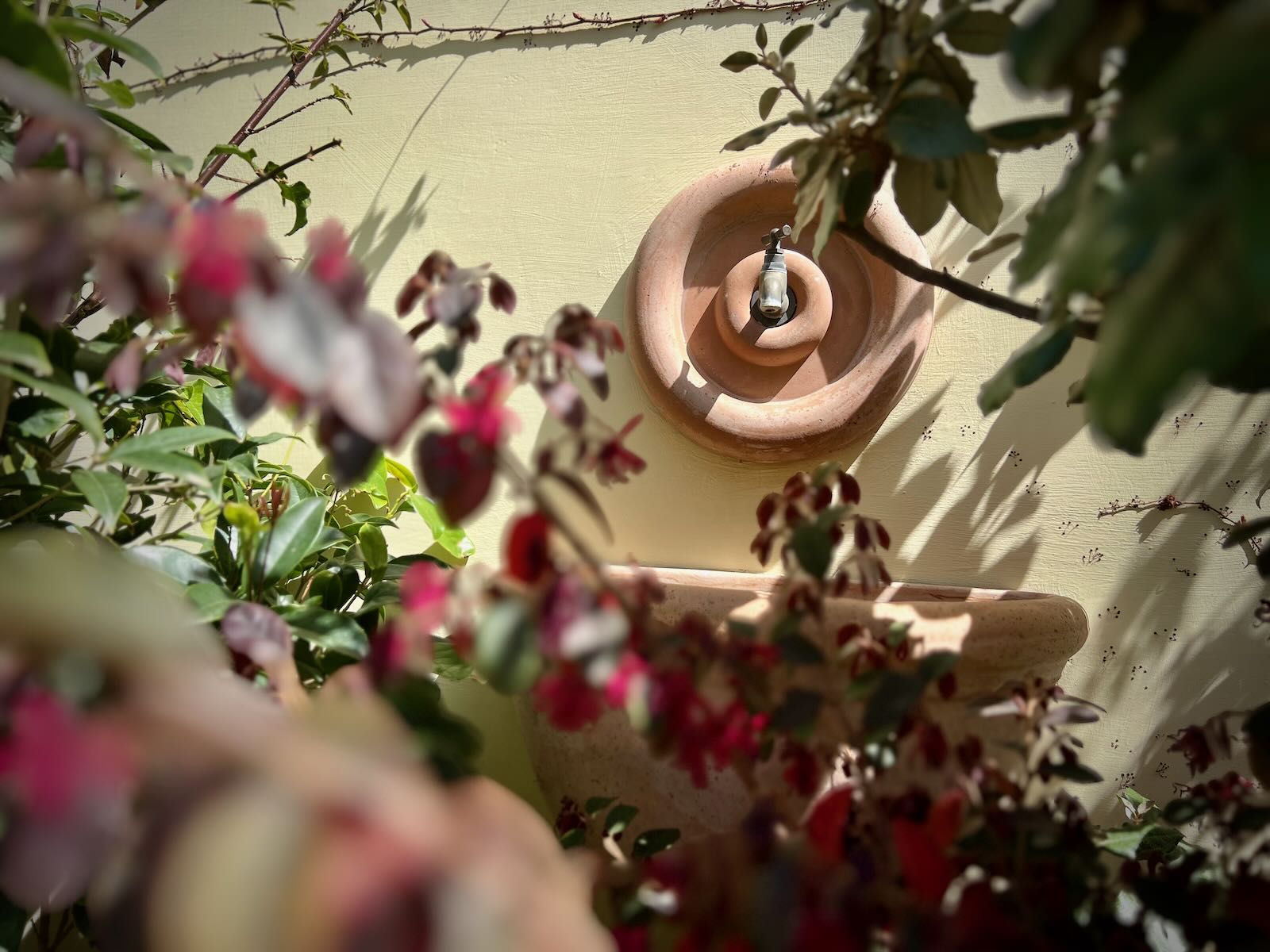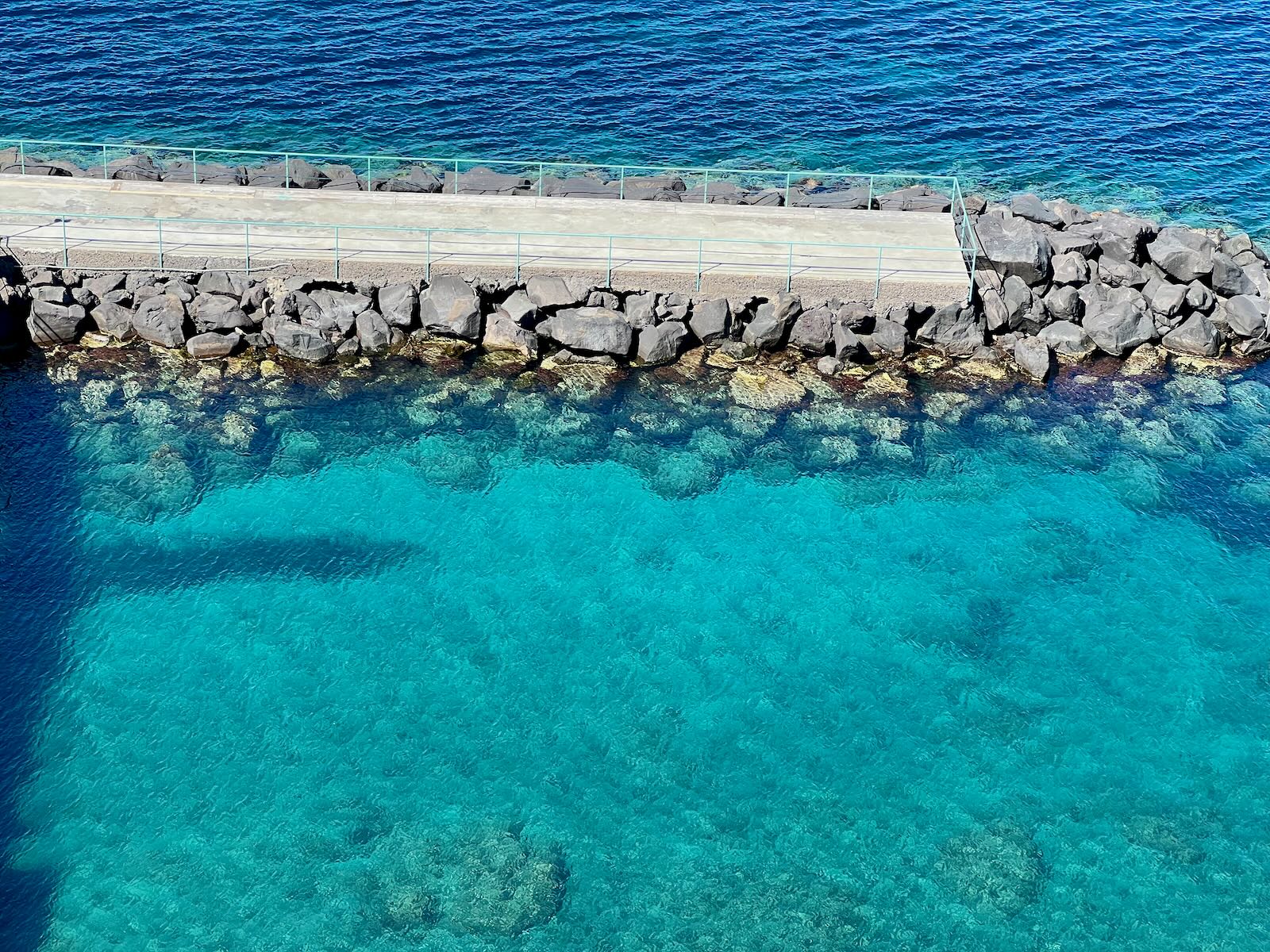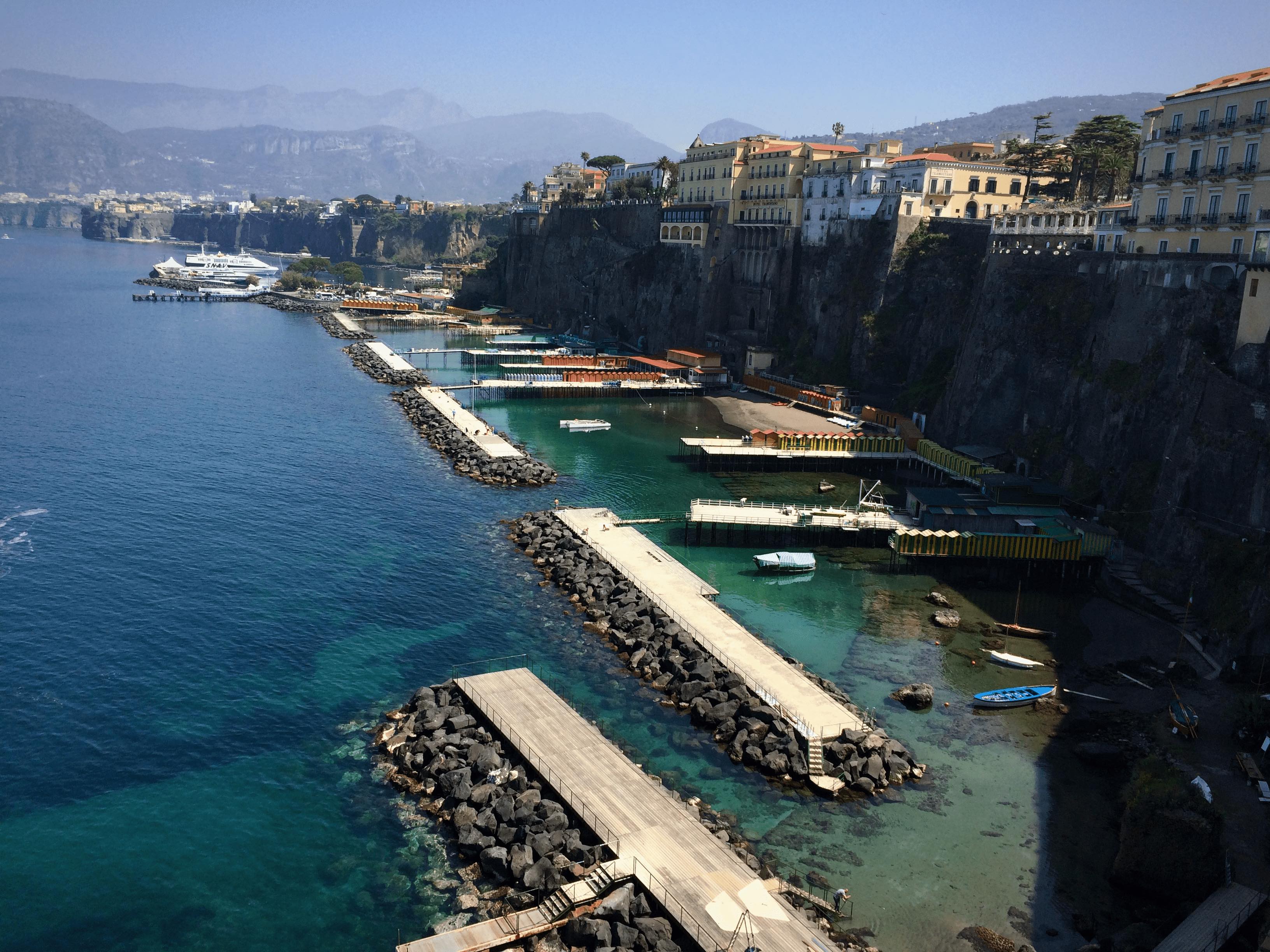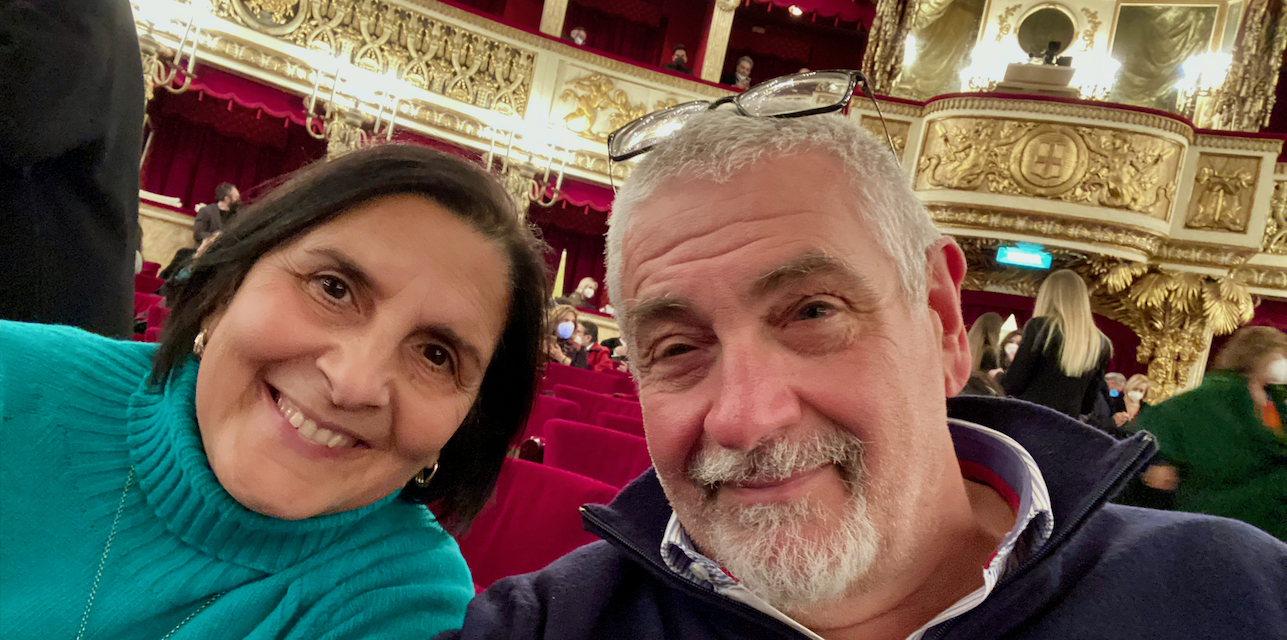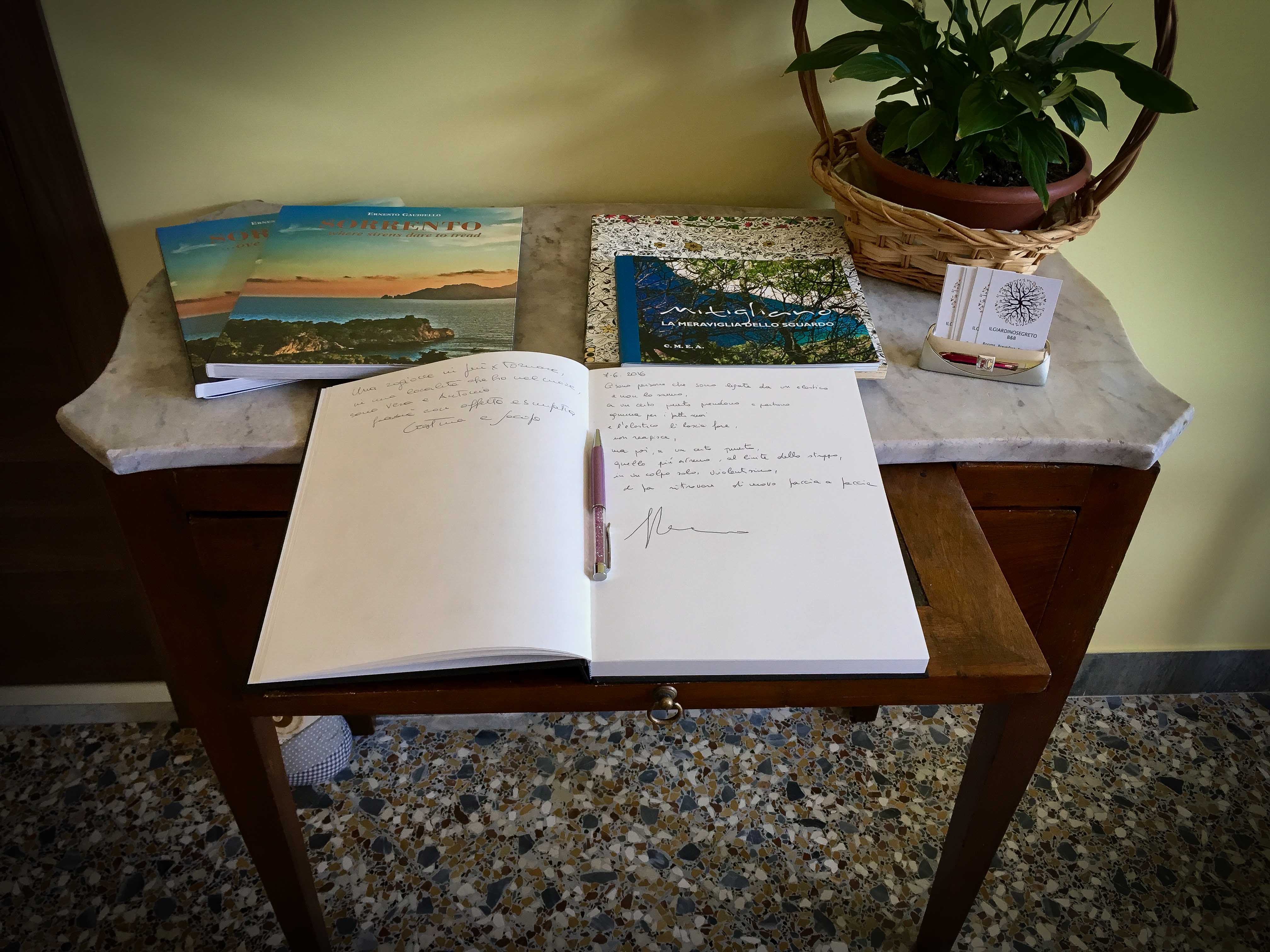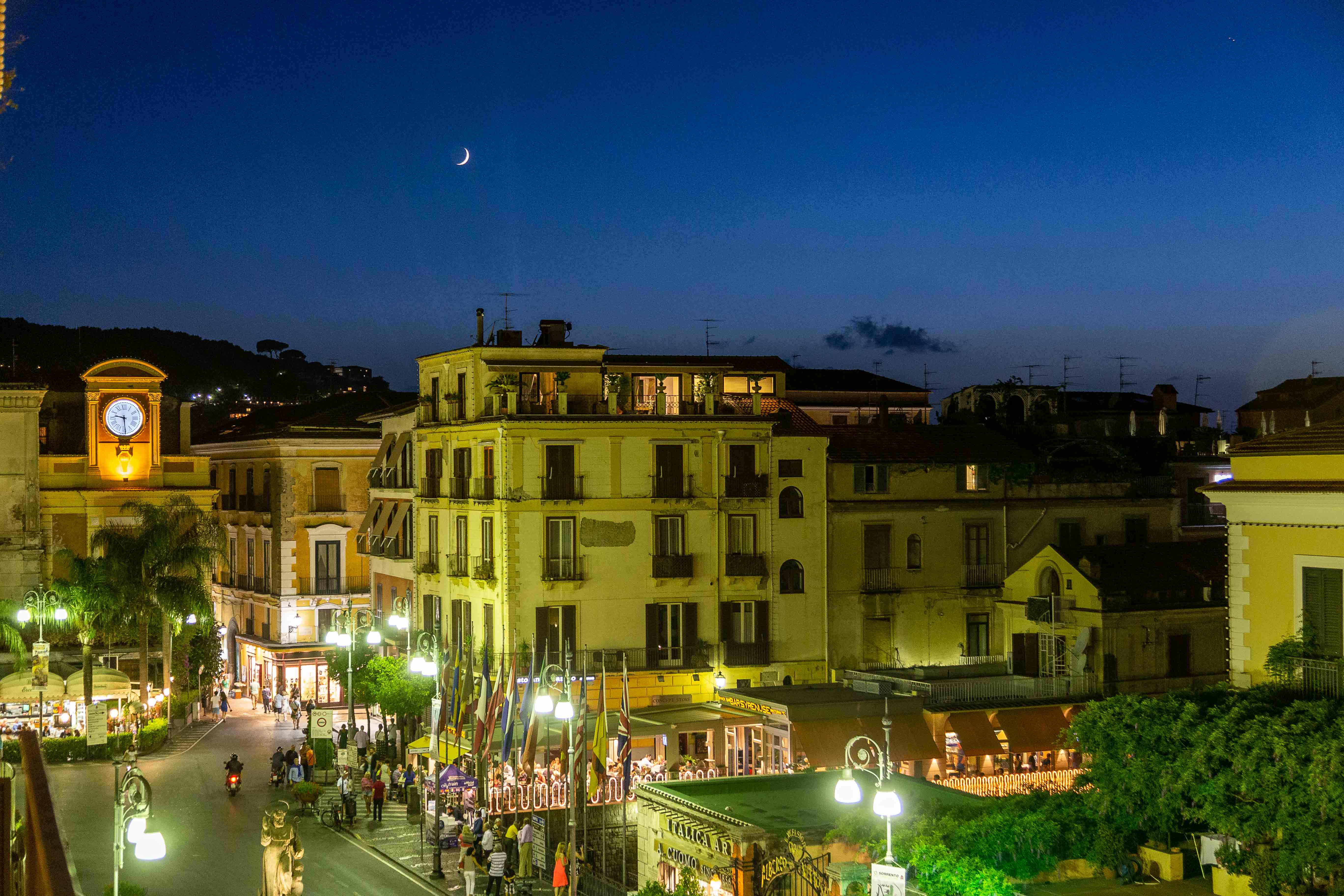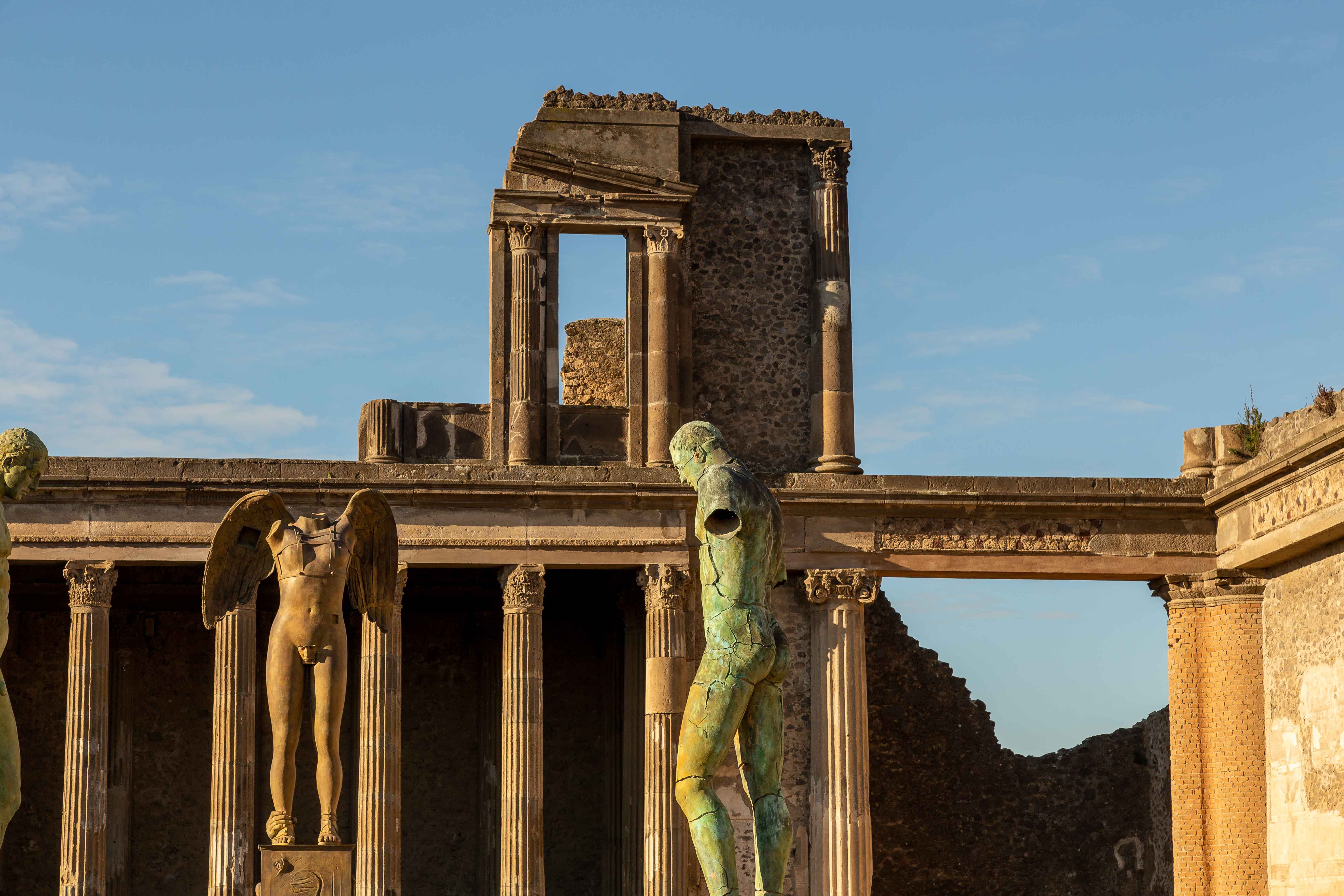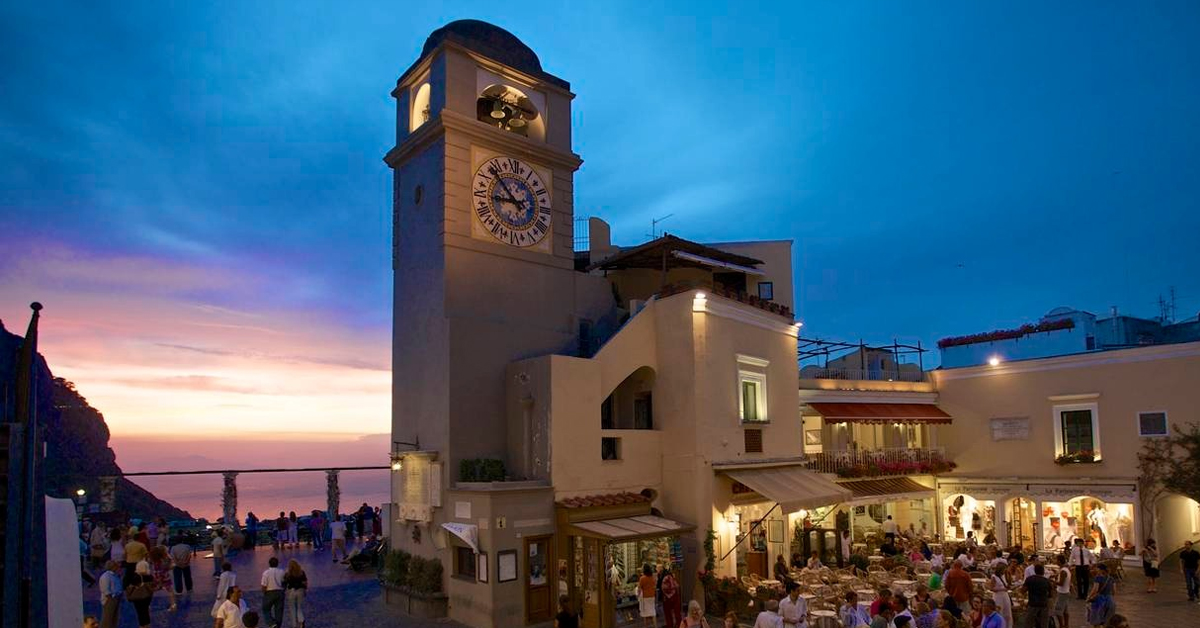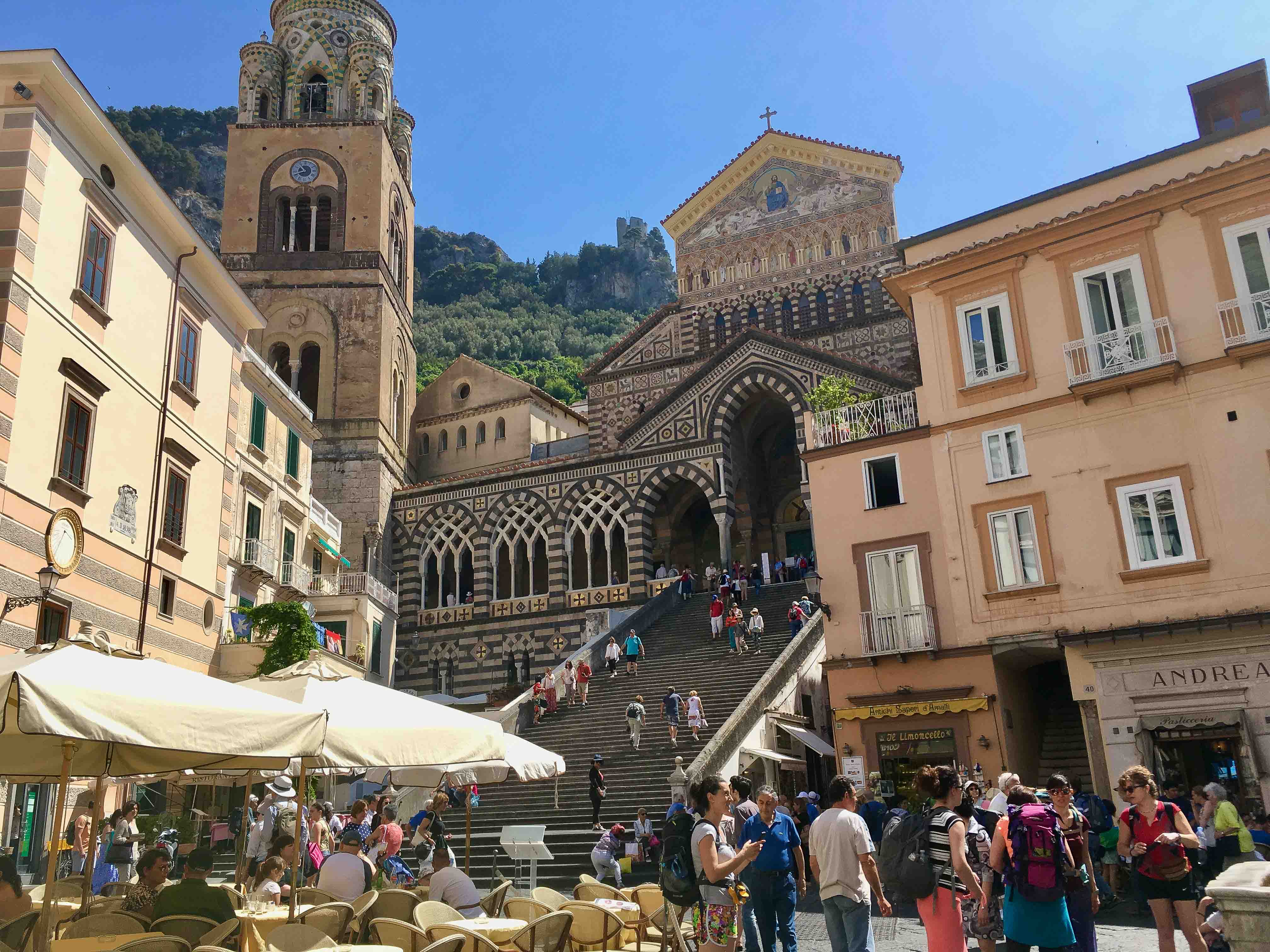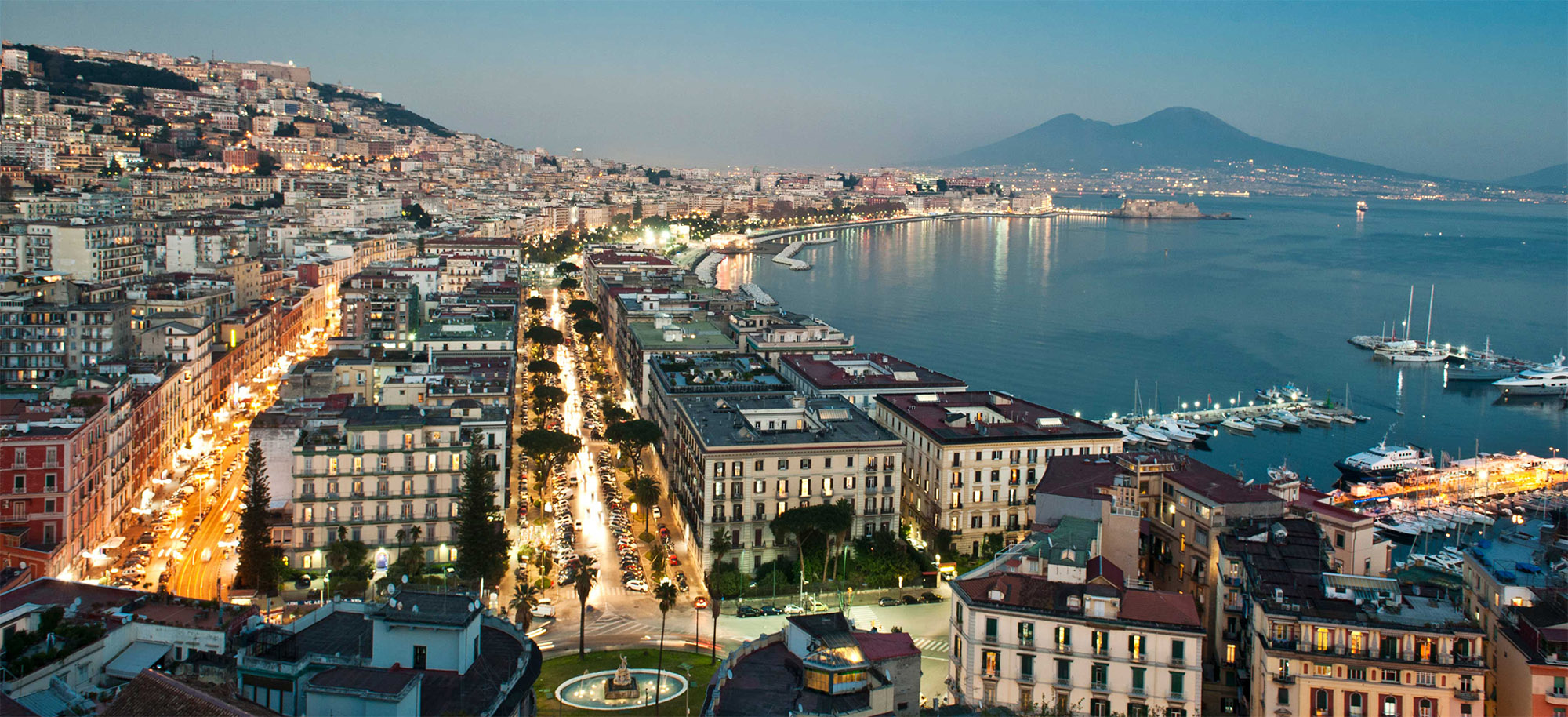BREAKFAST
Enjoy a genuine breakfast with fresh, homemade products

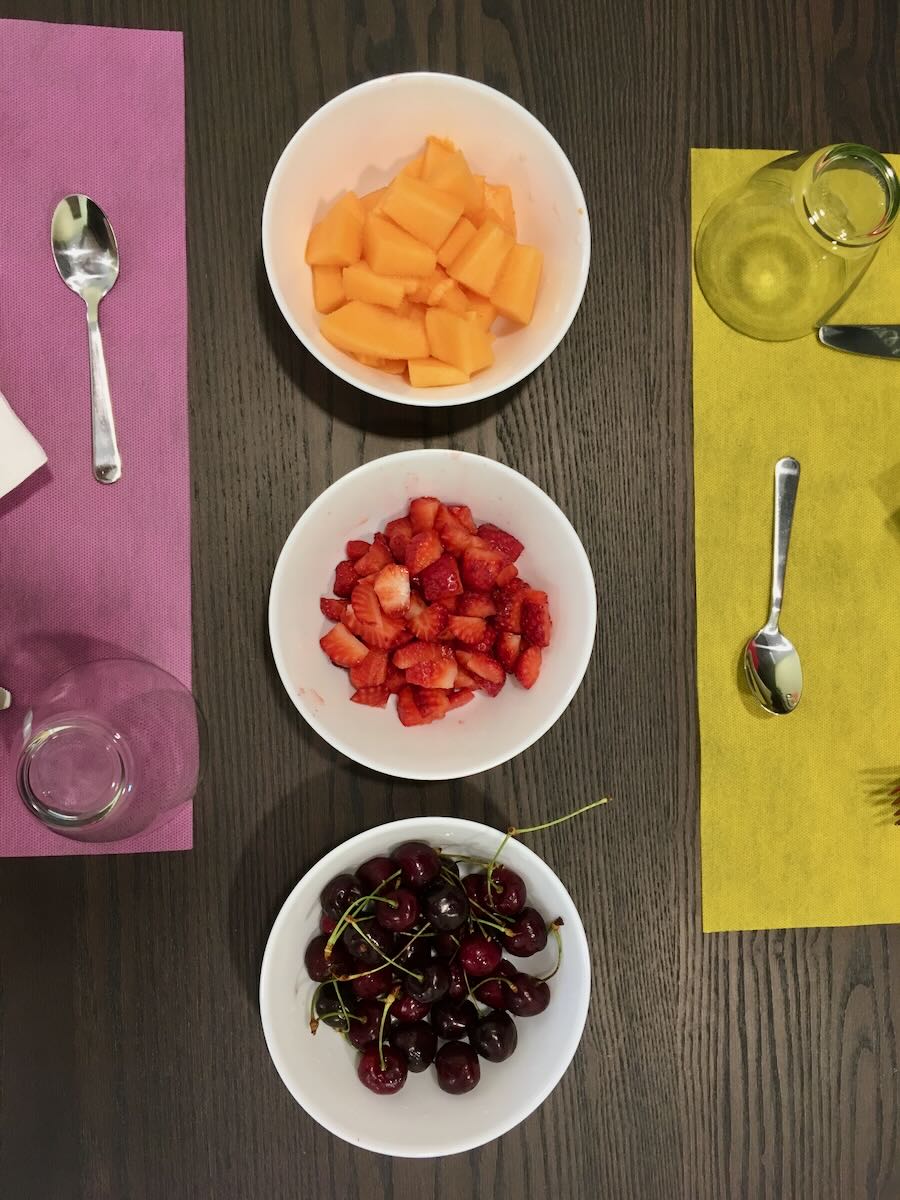

Breakfast, a slow ritual where the aromas and scents of the world of coffee, tea and chocolate
hot will wish you a sweet and healthy awakening, accompanied by the scents of the oven of plum-cakes, tarts,
brioches, biscuits and sweets as well as different types of bread and rusks.
Our breakfast is characterized by fresh and high quality products not only in baked goods but
also in the assortments of jams, chocolate, yogurt, cereals and muesli, various fruit juices and
fruit salad.

We are sure that you will enjoy staying with us; our environment is warm and welcoming and we are
happy to pamper our guests especially with our Italian buffet breakfast which is served starting from 8.30 am.
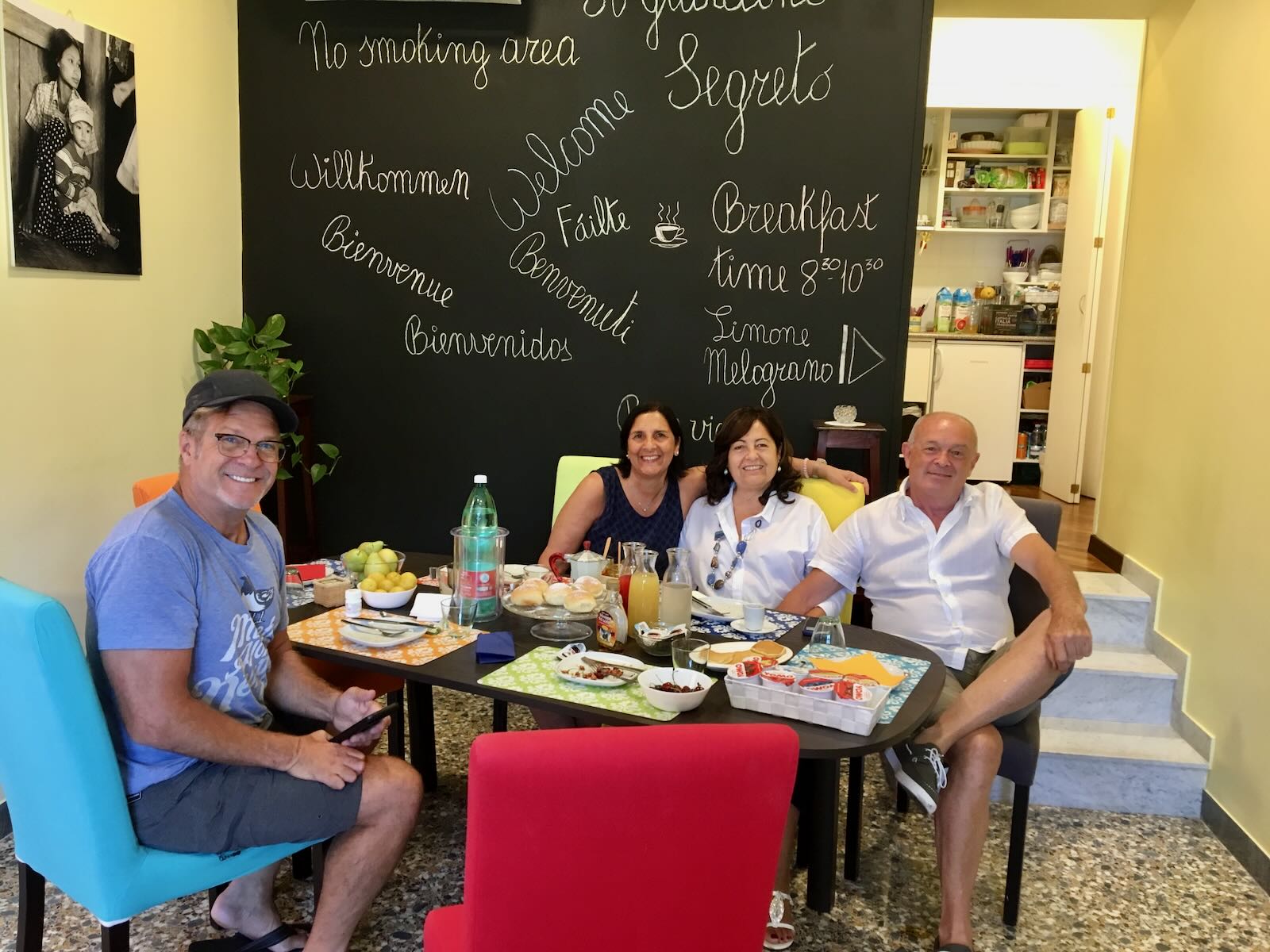
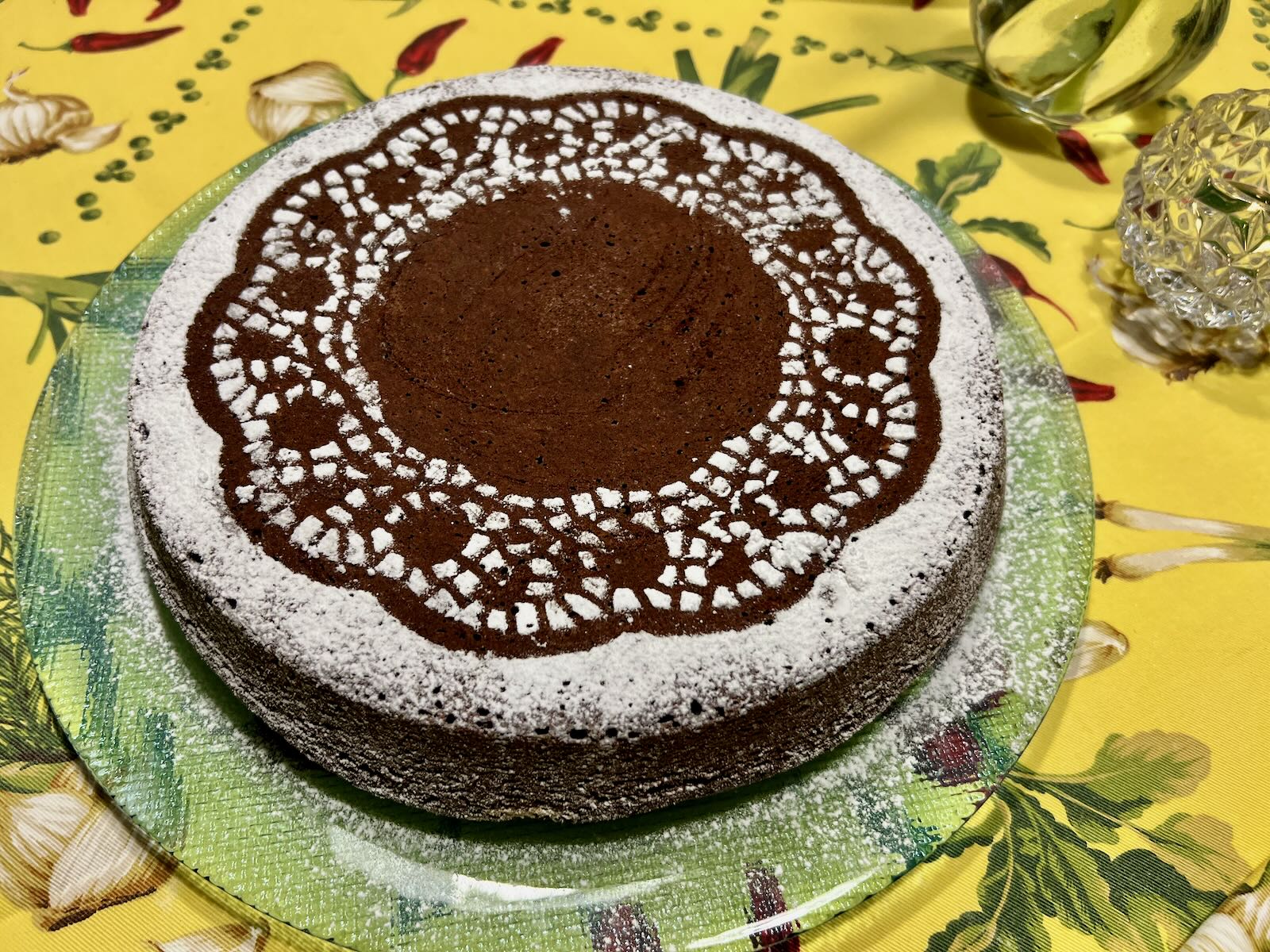
Slow down, especially on holiday and especially in our Bed&Breakfast. Since breakfast,
to rediscover the taste and authenticity of the best Italian products every day.

Our breakfast consists of desserts and cakes prepared
by ourselves with absolutely natural methods, also pancakes, fruit jams from our garden and even biscuits, spreads (Nutella & more),
yogurts, seasonal fruit, bread, ham, salami, cheese and on request scrambled or soft-boiled eggs.


In case one of the guests has food problems such as celiac disease, allergies or intolerances we would like to know so
prepare an adequate breakfast.

A BIT OF HISTORY
The Piazza Tasso is "born" in the nineteenth century following the urban changes that occurred in Sorrento. Initially its name was "Largo del Castello".
Originally, in fact, where today stands the statue of St. Antonino, there was a castle dating from the time of Ferdinand of Aragon (XV century) which was demolished in 1843.
In 1844 they proceeded to the demolition of the walls built along the valleys , dating back to the sixteenth century, and who had played the role of defense against incursions.
Finally in 1866 it was demolished the gateway to the city from the eastern side, called Porta del Piano, on top of which stood the statue of St. Anthony in tuff.
The statue was removed by its creator A. Torrese and was placed on a pillar built at the hotel Rispoli. In 1870 it was inaugurated the monument to Torquato Tasso.
In the same period, after which the town council decided to open a new road, were built, often by the rehabilitation of existing buildings, all nineteenth-century buildings
bordering the present Corso Italy.
The Crystal Palace was already in the XVI century and was located just outside the main gate of the walls of Sorrento. It is part of the ancient Roman era tanks called "cisterns".
The cisterns are hydraulic structures built in Roman times. They are large covered tanks that were used to supply drinking water the settlements that were scattered along
the coast of the peninsula, and which consisted mainly in large suburban villas built for idleness of noble or wealthy families who found here the best living conditions that
could imagine (they were noble courtiers in tow Emperor who, in turn, preferred to these lands for their amenities, or valiant generals who had conquered the wealth thanks to their victorious military companies).
The cisterns still continue to perform their function very well. The water came from sources in the territory of the actual "Piano di Sorrento",
from which a pipeline is then developed to a length of about five miles. They take their names from the lords who were the owners of those horti in the seventeenth century, but were built in Roman times, along the aqueduct that fed them, said the Formiello. The water complex of the Roman era tanks is immediately after to the angle Corso Italy with Piazza Tasso, below the gardens and areas partly private and partly municipal.
The Cisternoni of Spasiano, because of their importance and size are a testimony to the development achieved by the cities in the Augustan age,
when the lands of the Sorrento Peninsula were assigned to veterans and on the coast were built numerous and large residential complexes.
Today there are two cisterns: the first consisting of nine "chambers," which is still used for the water supply of Marina Grande and Marina Piccola;
the other ten "chambers," in a state of complete abandonment. High capacity, is a work brickwork parallelogram-shaped with barrel vaulted ceilings and
covered in a hard mortar, were certainly restored under Antoninus Pius, as shown by the discovery of an inscription carved on a fistula lead acquaria,
now preserved in the Correale Museum.
The cisterns have a special feature that has run it to this day and that they can still carry out their task: the interior walls are covered with a
thick layer of plaster which has the characteristic of being extremely hard and tough, designed to ward off risks of cracks or depletion of the coating.
These types of systems were part of the normal technological expertise of the Roman engineers who disseminated them for the entire empire but especially
in the conquered lands in Africa, where (as seen in the archaeological findings of Carthage) were used as catalysts before and then as batteries water.

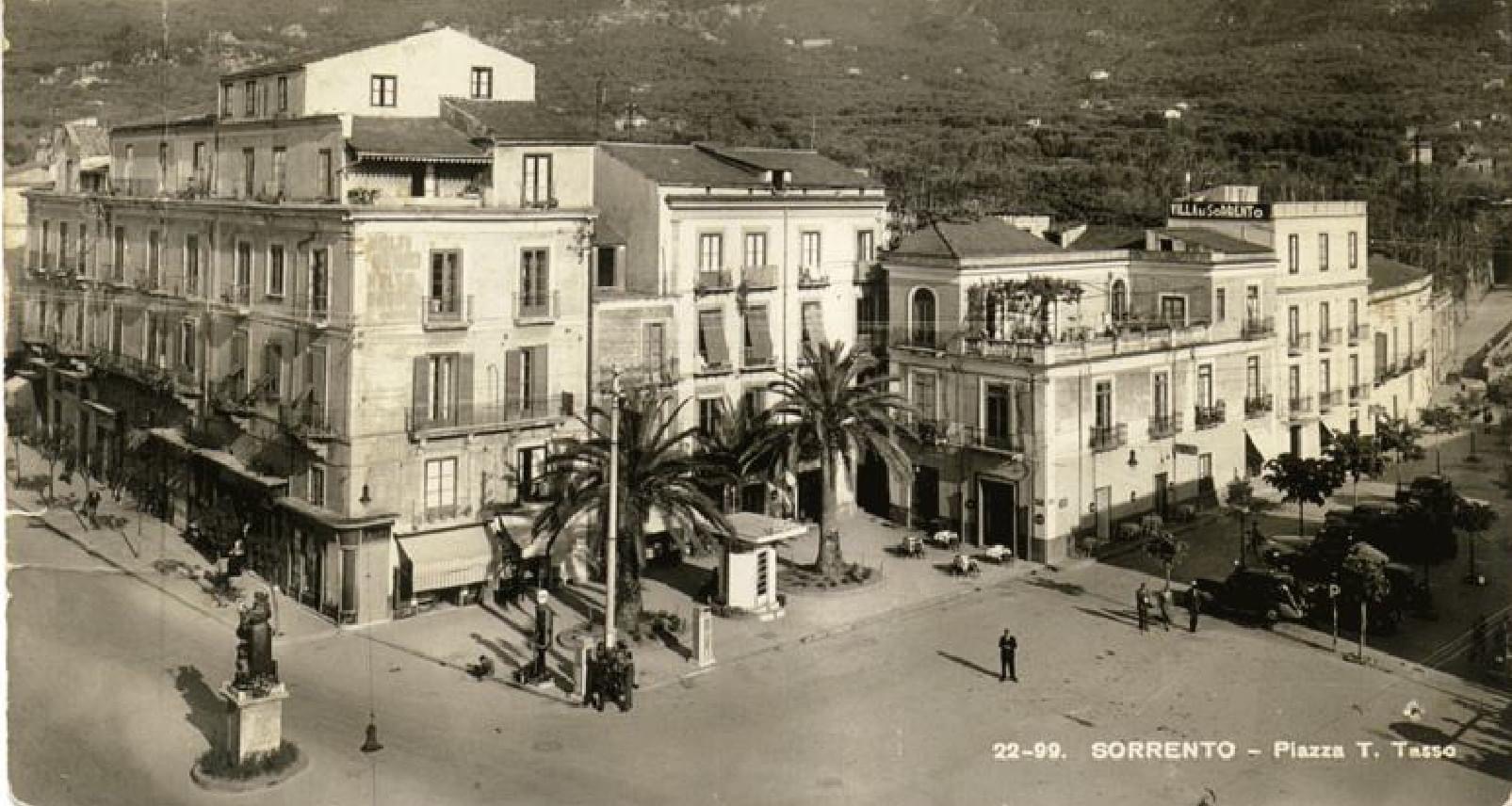
discover all the wonders of Sorrento on foot
Right in front of our building is the Church of the B.V. Carmine, dating back to the second half of the sixteenth century (1572).
Once outside the gate, You can easily reach all areas of the city: the train station, the port (where you take the hydrofoils to Capri and Naples), the bus station and the various car parks.
We are also located less than 100 meters from Via San Cesareo, the former "road-market" of Sorrento, the "Decumano Maggiore", and also from "Corso Italia", the shopping street.
At just 300m there is the
Museo Correale di Terranova which, although it is not very big , is the most important museum in all of southern Italy, and, more or less the same distance, is the "Villa Fiorentino", home to exhibitions and cultural events.
In the historical center you can find another little jewel of our city: the
Museo Bottega della Tarsia Lignea that exposes numerous pieces of inlay of the last centuries that have made Sorrento famous in the world.
You can also take some wonderful walks on the various routes that are found in the Peninsula, the most famous of them is "
the Path of the of Gods".
This route, famous all over the world, connects Agerola, a small town on the Amalfi coast, in Nocelle, a hamlet of Positano perched on the slopes of Monte Pertuso. Only the name can suffice to imagine the spectacle that can be admired along the way. Following the path in the direction that goes from Agerola to Nocelle you arrive in front of the panorama of the Amalfi Coast and Capri where you are surprised by the breathtaking view (ask us for more information).
Our property is located in the heart of the city, in a strategic position. In fact you can easily reach:
- 200 m from the train station
- 100 m downtown
- 200 m from public car-park "LAURO"
- 30 m from taxi station
- 200 m from bus station
- 5 minutes to the port on foot
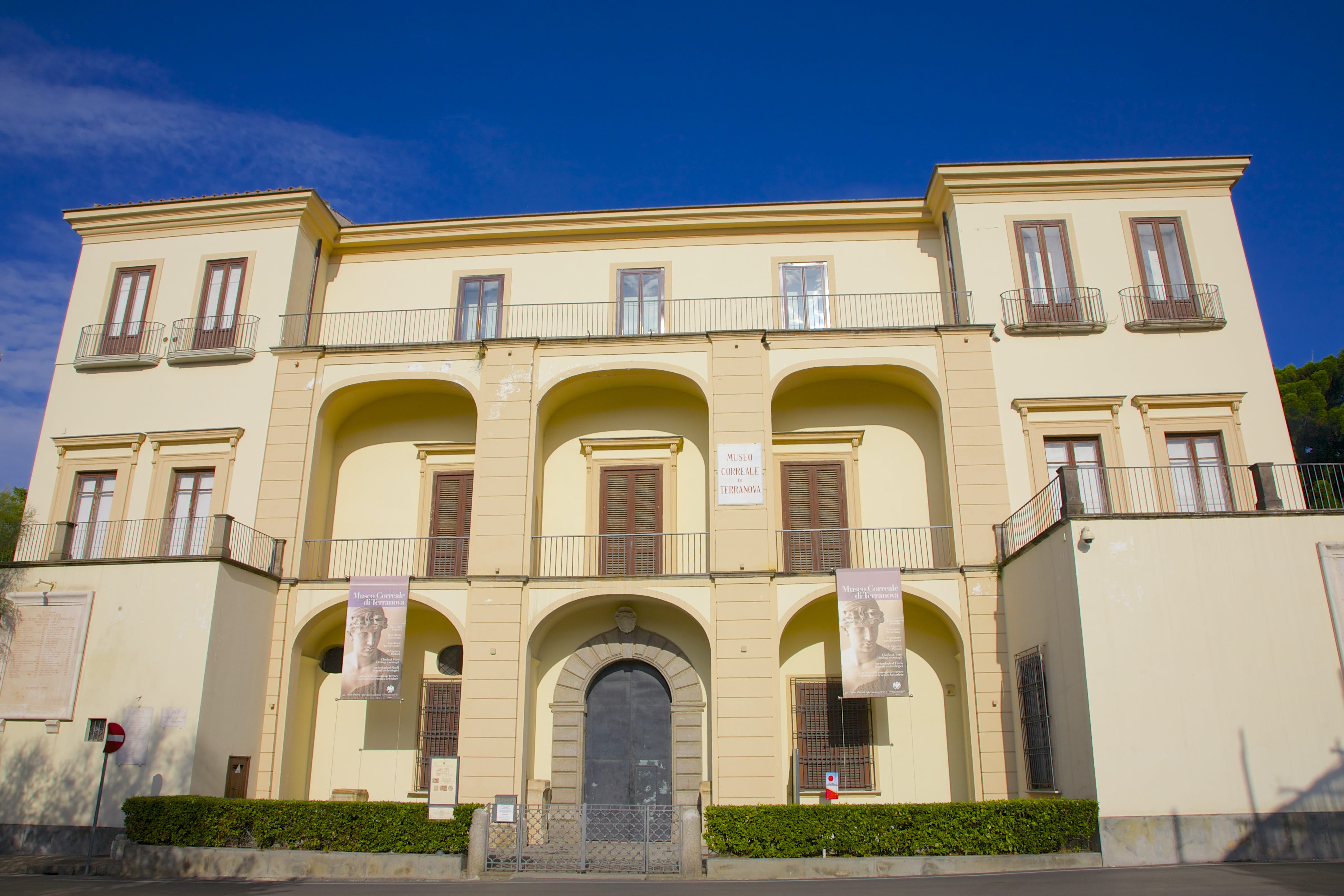
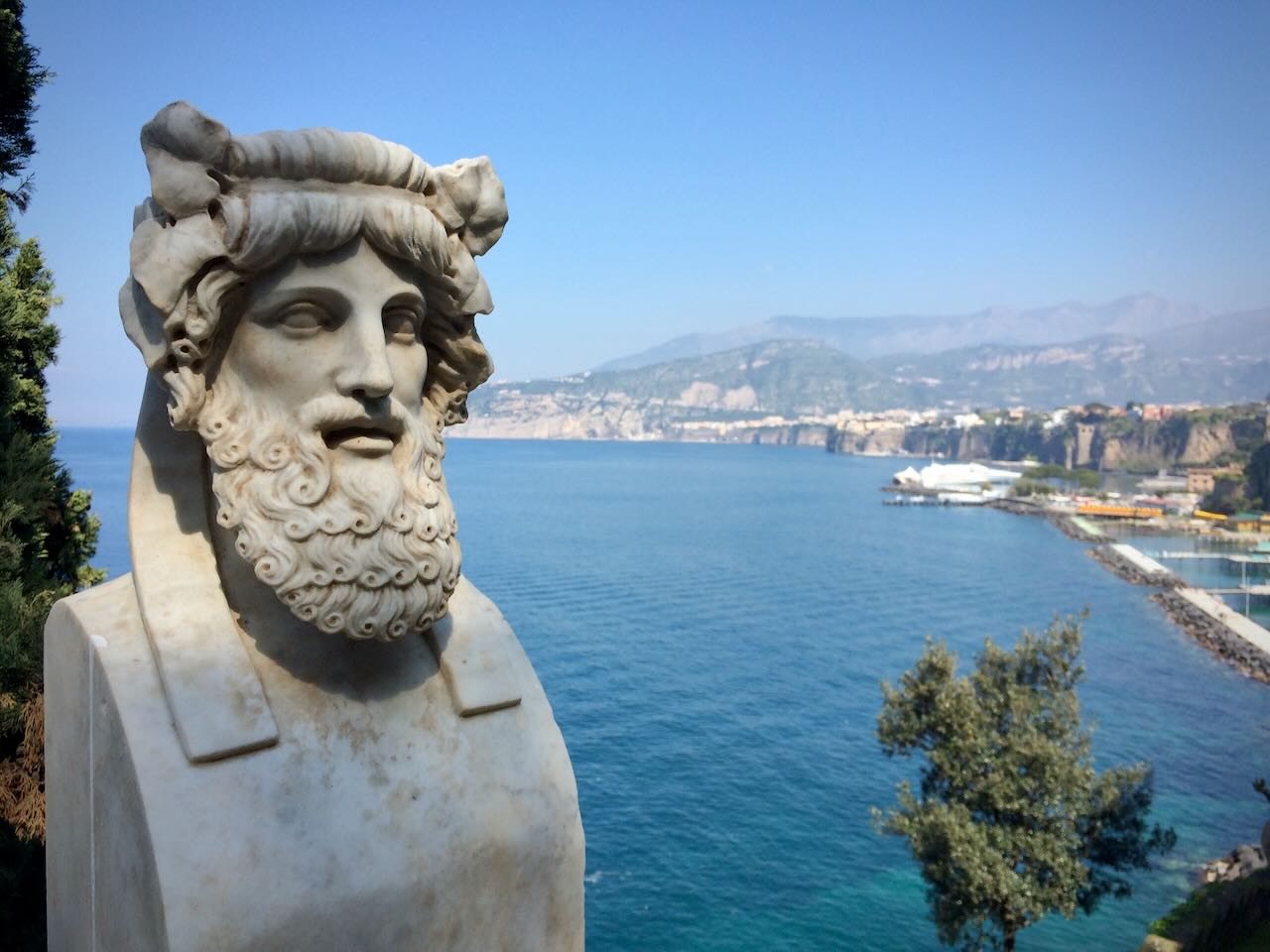
The land of Sirens:
Sorrento
- Pompeii
- Capri
- The Divine Amalfi coast
- Naples
Sorrento
Set in a picturesque position on a tufaceous terrace overlooking the Gulf of Naples, Sorrento is the most famous town on the Sorrento coast.
Known resort since ancient times, Sorrento fascinates tourists and visitors with its breathtaking views, the landscape of gardens and citrus groves, the marinas, the charming old town, an interesting historical and religious architecture, the ancient tradition of inlaying and of laces.
Celebrated by the poets, celebrated in the songs, immortalized in the paintings, the beautiful land of the mermaids is known all over the world and is one of the favorite destinations of international tourism. Enjoyable in every season of the year, day and night, Sorrento, hospitable and cheerful, welcomes visitors looking for sun, history, art, culture and entertainment.
There are numerous churches and historic buildings, astonishing panoramic points, characteristic alleys full of shops and craft shops, exceptional quality of its gastronomic offer. There are also bars, restaurants and cafes where you can spend your free time, the shops on the main street where you can go shopping, festivals and cultural events to liven up your evenings and, naturally, equipped bathing establishments where you can relax under the sun, caressed by a pleasant breeze navy.
Unique in the world:
Pompeii & Ercolano
- Sorrento
- Capri
- The Divine Amalfi coast
- Naples
Pompeii
Pompeii is known worldwide for the tragedy that hit it in 79 AD, when the rich Roman city was buried by the eruption of Vesuvius, along with Stabiae, Oplontis and Herculaneum. An immense tragedy that, however, has allowed us to find an intact historical testimony, a cross-section of common life in the greatest empire of antiquity, after almost two thousand years.
The excavations allow the tourist a leap in time, a total immersion, in a vanished world of which our Western civilization bears the "DNA" and that shows itself without sequins or tricks, but with its magnitudes and its miseries. The excavations allow us to visit the good living room of the temples, the public buildings, the rich patrician villas, but also to stroll among the ancient shops, the popular houses, the "taverns" and the lupanari, where the common citizen unraveled his life.
Particularly touching is the sight of plaster casts, a "snapshot" of the agony to which the ancient Pompeians were subjected by the hot gas coming from Vesuvius.
But the city of Pompeii brings together two very distant worlds: on the one hand what remains of one of the richest cities of the Roman empire and on the other the Christian spirituality, witnessed by the many pilgrims visiting the famous Sanctuary dedicated to the Blessed Virgin of the Rosary of Pompeii, tangible testimony of devotion to Our Lady. The pagan and Christian world coexist less than 800 meters away, close in space, far from the principles and aspirations, resulting in time.
Of Herculaneum, which legend has it founded by Hercules, we know less because of the depth to which it was buried, even though its buildings are better preserved. The Baths, the College of Priests of Augustus, a theater, are almost intact. As well as the Casa del Bicentenario and the Casa dei Cervi, which have large courtyards and a rich decoration.
Capri
The island of dreams
- Sorrento
- Pompeii
- The Divine Amalfi coast
- Naples
Capri
A landscape of savage beauty sculpted by the wind, the sea and the genius of man, this is the island of Capri.
Lush, extraordinary, with a mild climate.
Of calcareous origin, Capri is the Mediterranean island that has seen in passing time intellectuals, artists and writers, all kidnapped by its magical beauty.
A mix of history, nature, worldliness, culture, events, which meet here every day and which gave life to the Myth of Capri, a legend unequaled in the world.
But Capri is not just this. From Punta Tragara to Faro, from Monte Solaro to Villa Jovis, from the Charterhouse of San Michele to the path of Fortini, everything, really everything, in Capri contributes to making the visit of the island an unforgettable experience.
The divine
Amalfi coast
- Sorrento
- Pompeii
- Capri
- Naples
Amalfi coast
Magically suspended between the blue sky and the sea that gives iridescent reflections, the Amalfi Coast seems born from the palette of a painter who wanted to use the hottest shades of color and lives to create a landscape that would enchant the visitor at the first stroke, giving emotions unique and panoramas of this suggestion to make you doubt, for a moment, to be real.
It is the land where the sweet scent of zagare and lemons is harmonized with the aromatic one of the Mediterranean and the most acrid of the saltiness; where the bright colors of the majolica domes and the bright colors of bougainvillea and carnations give a clear touch of color to the typical whitewashed houses, climbing halfway up and clinging to the last slopes of the Lattari Mountains that precipitate dizzily towards the sea.
A vertical landscape, in short, in which there is a picturesque maze of staircases, streets and alleyways that connect the two elements that characterize the coastal territory: the mountains and the sea.
Amalfi, the town that gives its name to the Costiera, is located at the mouth of the Valle dei Mulini; it was the first of the four Maritime Republics and for a long time held the monopoly of trade with the East. At the center of the main square dominates the Cathedral of Sant'Andrea with the spectacular staircase, the bell tower in Arab-Norman style and the suggestive Cloister of Paradise. Interesting is the Paper Museum of Amalfi as well as the ancient and evocative Arsenals of the Republic.
Atrani, a beautiful village situated at the entrance of the Valle del Dragone, opens up to a natural amphitheater towards the sea, offering visitors picturesque and picturesque views and the pleasure of being able to relax in the little square near the beach. far from mass tourism. At the beautiful Church of San Salvatore de 'Birecto (10th century) the official investiture of the Amalfi Doges took place.
Conca dei Marini, a village that boasts a centuries-old seafaring tradition, is a natural balcony overlooking the sea, surrounded by Mediterranean vegetation and terraces cultivated as "sfusato amalfitano". In the monastery of Santa Rosa, clinging to the steep walls of a rocky spur, according to tradition, the first Santa Rosa sfogliatella was made.
Furore, also called the "country that does not exist" due to its urban layout characterized by scattered settlements, surrounded by terraces of vines. It is also known as the "painted country", for the beautiful "en plein air" artistic murals that give a chromatic touch to the furorese homes. But Furore is, first of all, the country of the fjord, dug over the centuries by the stream Schiato.
Minori, the ancient Reghinna Minor, boasts an ancient tradition in the production of homemade pasta as well as in the processing of the "yellow gold" of the Amalfi Coast (the lemon). Surrounded by lush terraced gardens, the small town of the Divina hides rare architectural treasures, such as the remains of the Roman maritime archaeological villa, dating back to the first century AD, the Basilica of Santa Trofimena and the Norman-style bell tower dell'Annunziata.
Positano, fashionable and fashionable, is certainly one of the most famous places of the Amalfi Coast, for its suggestive staircases, the whitewashed houses that follow the natural course of the mountains, creating a vertical landscape. Appreciated by artists and jet-set characters since the early post-war period, the town is famous for the production of leather sandals and cotton and linen clothes (Positano fashion), for the beautiful nineteenth-twentieth-century buildings and postcard landscapes with the background of the majolica dome of the Church of the Assumption and the Li Galli islands.
Praiano, the country where you can breathe an authentic and genuine atmosphere, away from mass tourism, with its alleys that make their way through the Mediterranean, terracing and picturesque houses and lead directly to the sea . Evocative and romantic are the sunsets that you can admire, with the purple sun that slowly disappears behind the mountains, illuminating in the background Capri with its Faraglioni and the Sorrento Peninsula with Punta Campanella.
Ravello, the town of Divina already praised by Boccaccio in the Decameron and which, with its postcard landscapes and its noble atmosphere, was a source of inspiration for Richard Wagner who, right in the gardens of Villa Rufolo, he imagined the magical Gardens of Klingsor. Buen retreat of jet-set characters, is home to one of the oldest Italian music festivals, the Ravello Festival, which offers a new theme every year that embraces all artistic disciplines. Next to sacred buildings, often from the Middle Ages, ancient palaces and noble villas and contemporary buildings coexist, such as the Auditorium designed by the Brazilian architect Oscar Niemeyer. The panorama that can be admired from the viewpoint of Villa Cimbrone is certainly one of the most famous in the world!
En exciting experience: Naples
Naples
Nestled between the giant and silent Vesuvius and the smoking Campi Flegrei, Naples is a metropolitan city made up of a thousand contradictions. Noisy, funny, melancholic, volcanic, spiteful and generous, however, it is full of life.
Naples is fascinating at times irresistible, it is a city to which extremes seem to like a lot: narrow and dark alleys crossing avenues shaded by palm trees, facades left at the time concealing baroque salons and sanctuaries, chapels alongside trendy clubs.
Sometimes it seems to be in a city where everything is left to chance, sometimes in the elegant Paris. Few European cities are so surprising, and few are equally misunderstood.
